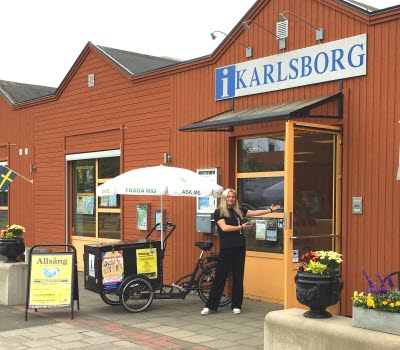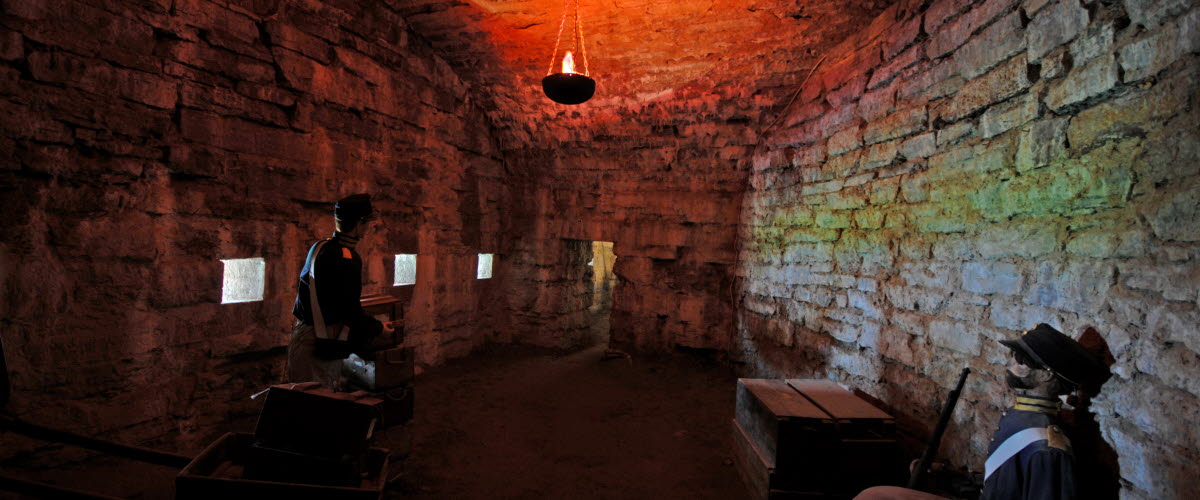Karlsborgs Fortress
- 18 Apr, 2016
Karlsborgs fortress - The enourmous structure which started in the early 19th-century so it, during a time of distraught, could be used as a spare capital. The whole fortress on Vanäs headland was planned to be built in 10 years, but instead it took 90 years to complete it.
A central defense
After Sweden lost Finland to Russia in the war of 1808-09, the Swedish capital Stockholm was suddenly located on the border of Sweden and was more vulnerable than before.
The Swedish defense debate was intensive, but after a time the plan of central defense started to take form.
Baltzar von Platen, the constructional engineer for Göta canal, drove the plan to build fortresses in the center of the country, so that the Swedish army would get more time to mobilize. At the same time the royal family, the government, and the gold reservewould be moved to safety in the country - if there was a war.
The closeness to Göta canal would ease the transports, so the location where to build the fortress was already given. In the year of 1819 Carl XVI Johan made the decision to build the fortress on Vanäs headland by Vättern´s western shore.
A city grows
The construction was partly done by prisoners, but also local farmers, soldiers, and that times skilled craftsmen, like masons and carpenters.
Within the ramparts the city grew from civil prototypes with residents, a hospital, and workshops.
As early as the 1820s the street network was planned and it is the basis of the buildings in the fortress.
Today's fortress
Today's fortress is a place for the whole family to visit and within the ramparts the society is still flourishing. Visit shops and coffee shops, the museum and the beautiful Garrison Church, or try one of the guided tours. You can choose between the Historical Adventure Tour or The Gold Rush.
Statens Fastighetsverk
The fortress is owned by the national property board, Statens Fastighetsverk. More information you find on their website.









